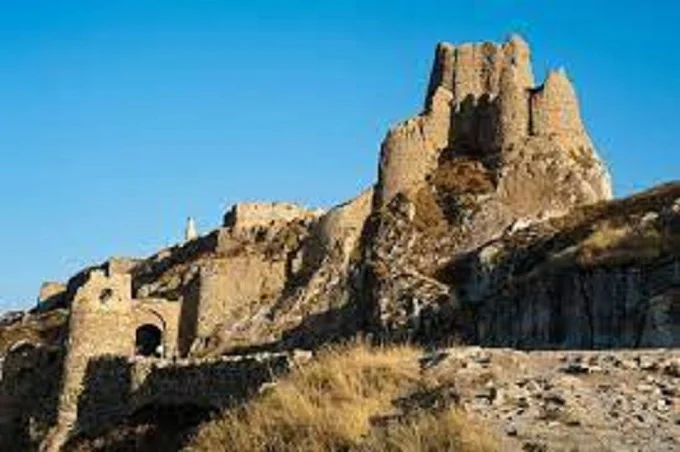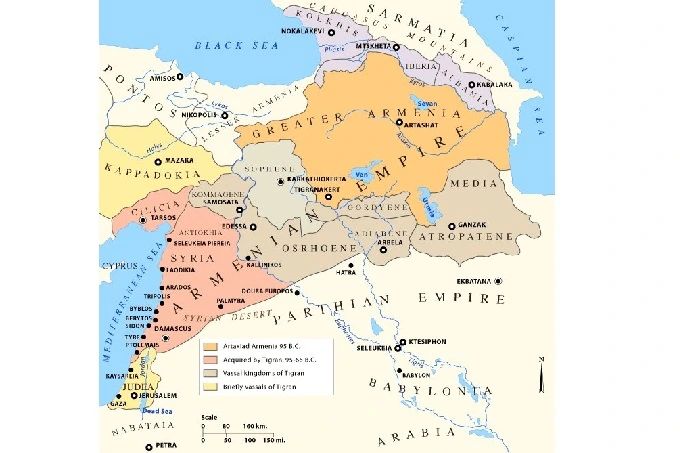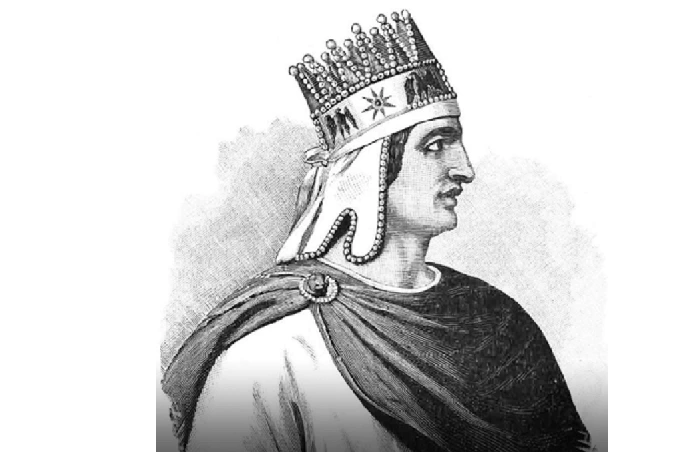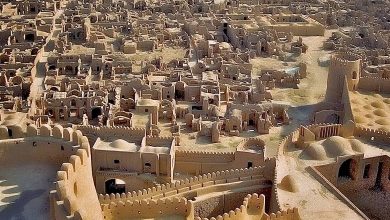Ancient Armenia

When it was at the height of its power, Ancient Armenia stretched across all three oceans.
The Urartu Kingdom

In the 9th century B.C., the Urartu kingdom formed in the Armenian Highlands as a powerful political entity. It competed against Assyria in its own right. Urartu fell to the Scythian invaders around the beginning of the 6th century and was destroyed.
Erebuni was a major city in Urartu and was located close to the contemporary city of Yerevan, which took its name from the ancient city. It was established in the year 782 BC. In other words, Yerevan celebrated its exactly 2800th birthday in the year 2018.
There is much debate amongst scientists on the identity of the Urartian. Others believe that they were the direct ancestors of the modern-day Armenian people, while others see them as disappeared people.
Armenia being folded up
According to one popular belief, the Armenian Highland is where the Indo-European family of peoples is thought to have originated. Ancestors of peoples such as the Germans, Greeks, Italians, Iranians, Indians, and other peoples emigrated from that region and established settlements all the way from the Atlantic to the Himalayas. And those who were able to survive eventually became the ancestors of the ancient Armenian people.
At the close of the 6th century, it was well known that the Mussulmans received tribute from the Armenian kingdom. Ancient Armenia was subject to the rule of the Achaemenid empire of Persia for two centuries. Alexander the Great’s victories brought about a shift in the region’s geopolitical balance as a result of his conquests. The middle of the third century B.C. saw the establishment of the first autonomous Armenian states. Armenia proper was reinforced at the beginning of the second century B.C. At the time, it was headed by King Artaxias I. He established his capital in the Ararat Valley, laying the groundwork for the rise to dominance of Armenia in the centuries to come.
Great Armenia

King Tigranes II the Great led ancient Armenia to its greatest period of political and military success. Tigranes was successful in his conquest of the vast kingdom of Cappadocia, which was located in the middle of Asia Minor, thanks to his alliance with King Mithridates VI of Pontus, an enemy of Rome. In the year 87 BC, Tigranes successfully delivered a series of defeats to the mighty Iranian kingdom of Parthia and destroyed its capital city, Ecbatana.
After that, Tigranes refocused his energies on the southern front. In the year 83, he successfully invaded Syria and was after that crowned king of Syria in Antioch, the country’s capital. In the year 71, he took another step forward in this expansion line by incorporating Palestine into his rule. He relocated approximately 10,000 Jews engaged in handicrafts from the towns of Palestine to other cities within his realm to promote their level of the industry.
During this time, Rome was at the height of its strength and made massive advances in extending its territory to the east. The Romans achieved victory over Mithridates and looted his possessions after the victory. The Romans posed a threat not only to Mithridates but also to Tigranes, who was one of Mithridates’ allies. In the year 68, Tigranes successfully defeated the Roman army led by Lucullus, who was infamous for his gluttony. The battle took place in the Ararat Valley.

Despite this, the Roman operatives successfully incited rebellion throughout the kingdom by using their riches. Tigranes the Great was pressured to sign a treaty with the famous Roman triumvir Pompey in 66 B.C. According to the treaty’s terms, Tigranes the Great was required to give up the majority of his possessions and admit that he was a “friend and ally,” or a vassal, of the Roman people.
Conversion to the Christian faith
Armenia has served as a buffer state in the conflict between two major empires, the Roman and the Iranian, for a significant portion of its history. It made use of it to its advantage on occasion so that she may ascend to higher levels. Despite this, it could never attain the same level of power as it achieved such power under Tigrane the Great.
Armenia is credited with being the first nation-state in the world to formally acknowledge Christianity, which occurred in the year 301 AD. Ancient Armenia had a significant cultural impact that was felt well beyond the borders of the modern country. During the early middle ages, the Georgian and Albanian churches utilized the Armenian language, which were subservient to the Armenian Church. This was because the Armenian Church was the dominant Church in the region.




